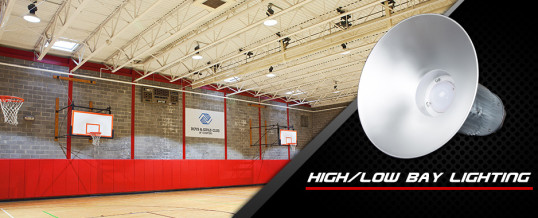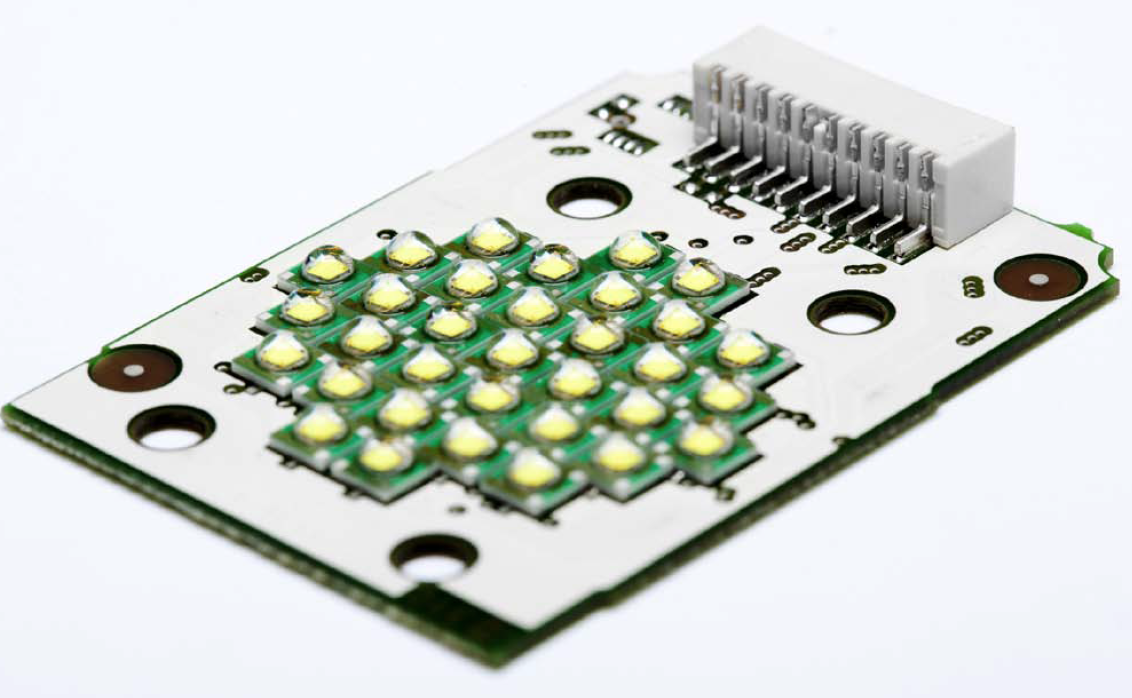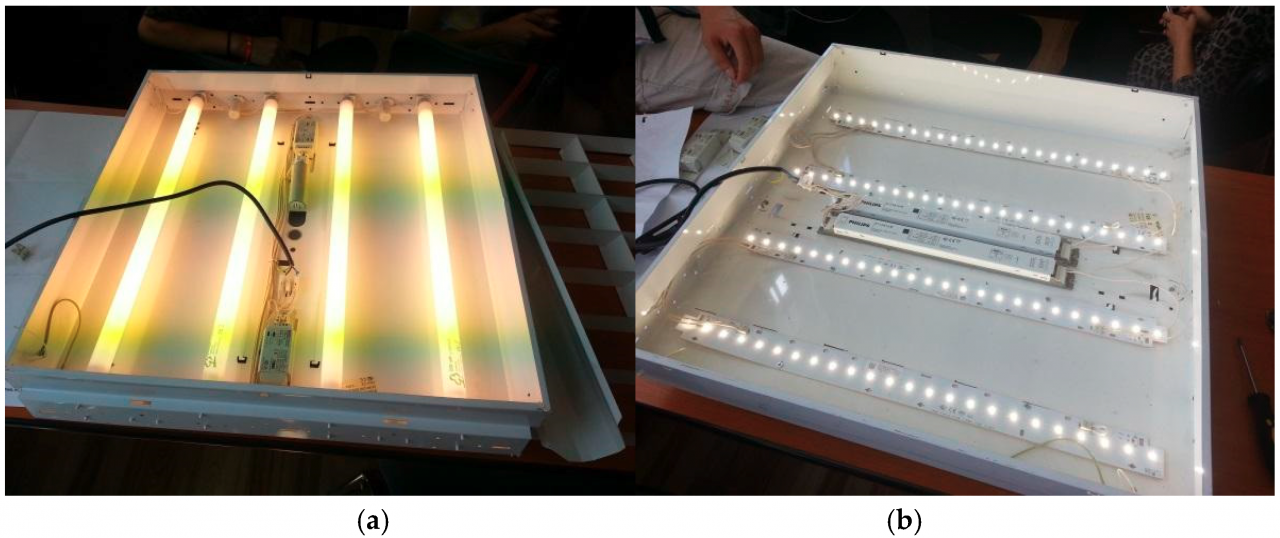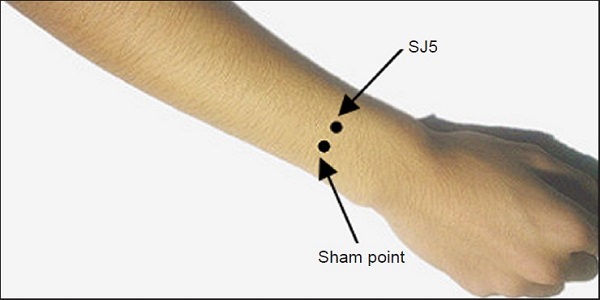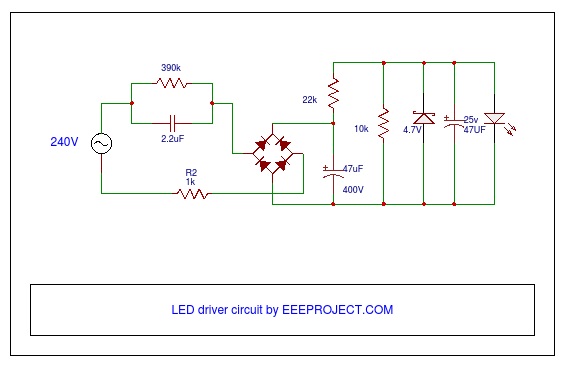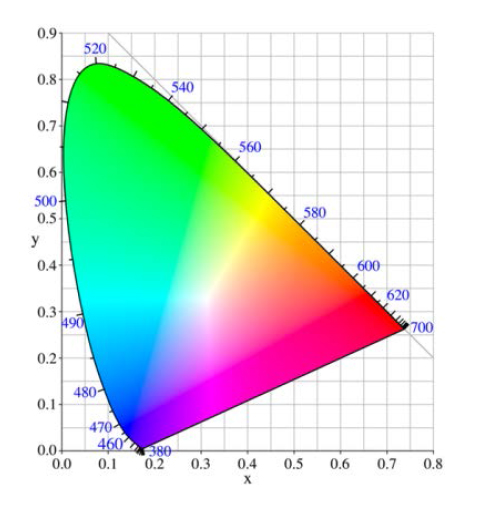
What is in a warranty? Most buyers of commercial products expect that the manufacturers will stand by their technology and replace it if there is failure. For LED lighting, the LED warranties are not a promise to save money through energy reduction. LED warranties are a promise that the lights will perform at levels that buyers expect. The key warranty questions in the growing LED marketplace are what defines LED fixture failure, what triggers a replacement, and how long is the coverage. Buyers should proactively ask these questions to the manufacturers or the suppliers and ask to review the actual warranty language as part of the assessment process in choosing LED fixtures.
The majority of commercial LED light manufacturers around the world offer 5 Year LED Warranties to meet the minimum requirements of the DesignLights Consortium (DLC) for its Qualified Products List (QPL). The minimum protection along with other criteria serves as the guide for most utility companies to approve rebate eligibility. One of the problems with the DLC warranty criteria is that it only requires the 5 years and does not get into the details of what is covered. This creates a potential false sense of security for buyers. With tens of thousands of applications and listed LED products, DLC does not have the resources to review the qualitative details of the LED warranties. So, buyers need to take the initiative to assess the value of the protection themselves.
The few manufacturers that offer a 10 year LED warranty often have “fine print” with limitations on daily hours of operations, carve-outs outs for lesser protection on the LED drivers, or restrictions on warranty transfer if the original owner sells the building or business. Buyers beware, because many LED warranties also define “failure” with surprisingly high percentages of diodes, and they do not include protections against color shift or total output degradation relative to L70 standards.
Beneficiaries of a Strong LED Warranty:
PROPERTY OWNERS: A 10 Year LED Warranty benefits owners and managers of facilities that have areas with 24 x 7 illumination such as office building emergency stairs, hospitals, hotels, parking garages, fire and rescue centers, dormitories, and any emergency egress lighting for facilities such as schools.
SERVICE and FINANCING PROVIDERS: A 10 Year LED Warranty benefits Energy Service Provider Companies (ESCOs), commercial lighting solutions providers, and companies providing Saving Share or Lighting as a Service (LaaS) programs.
For performance contracts, the service providers are often obligated to keep the lights on. So, a longer warranty and more reliable products help reduce their maintenance and replacement costs. Plus, as financing plans for energy saving lighting become increasingly popular, many lenders are requiring warranties that do not have the “fine print,” giving the manufacturers a way out of replacing failed technology. Naturally, lenders also desire LED warranty coverage to match their financing terms. So, if the terms are extended to roll-in solar or HVAC on a facility, a strong and long LED warranty for the lights is favorable.
Watch out for the Drivers:
Over the past two years, some LED companies were confident enough in the longevity of their diodes that they started offering 10 year LED warranty coverage on their LED fixtures, given in-field and laboratory testing. However, the warranties sometimes included limits of up to 60,000 hours on the external driver (6.84 years at 24 x 7 operations of 8,760 hours per year). The drivers were the “Achilles heel” of the systems. Recently, some LED manufacturers have started offering 10 Year LED warranty protection on complete diode and driver systems, in part because external drivers with “potting” help insulate against damaging heat gain.

